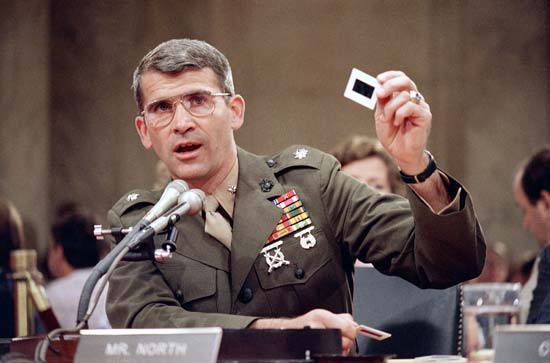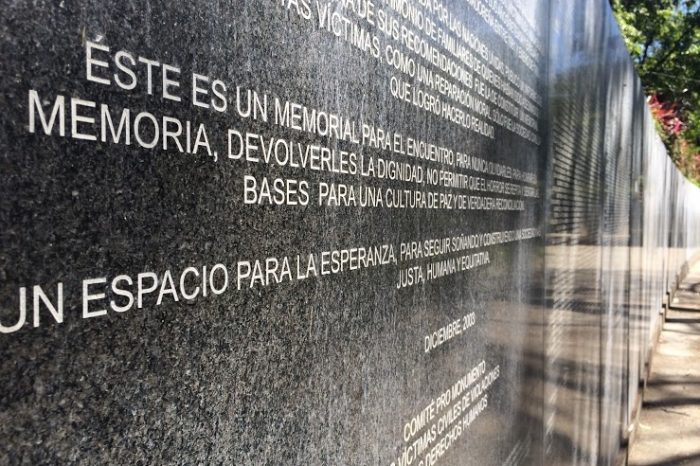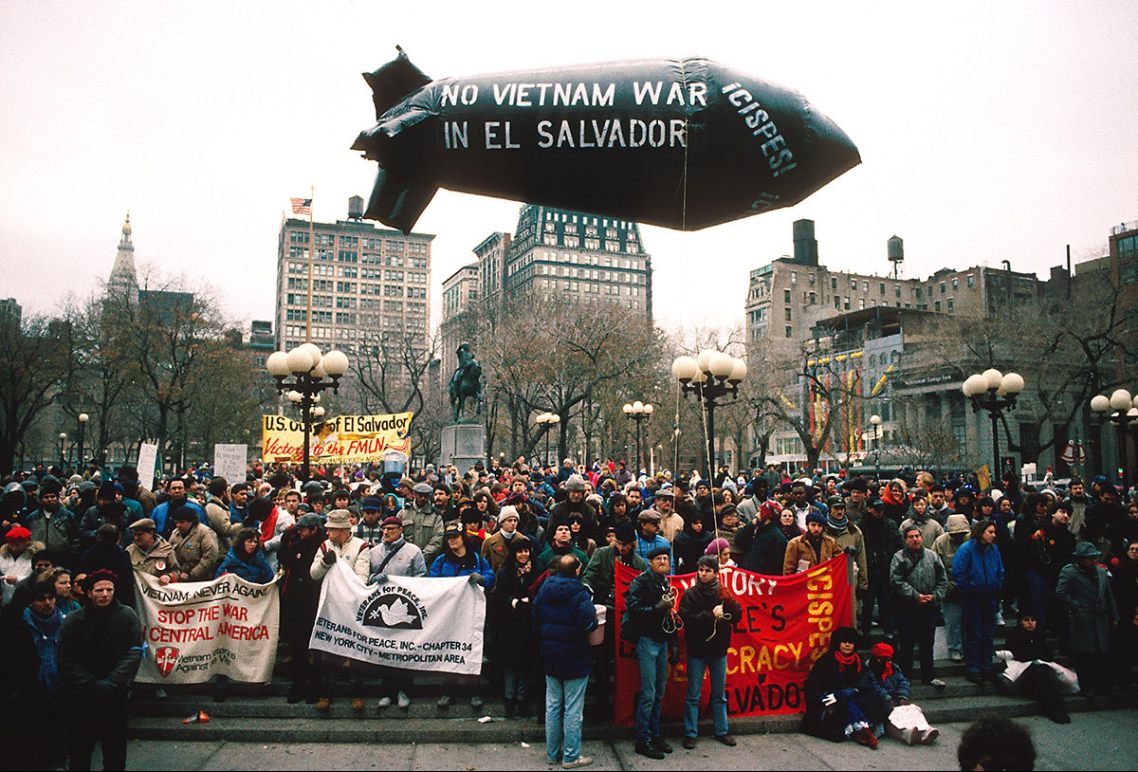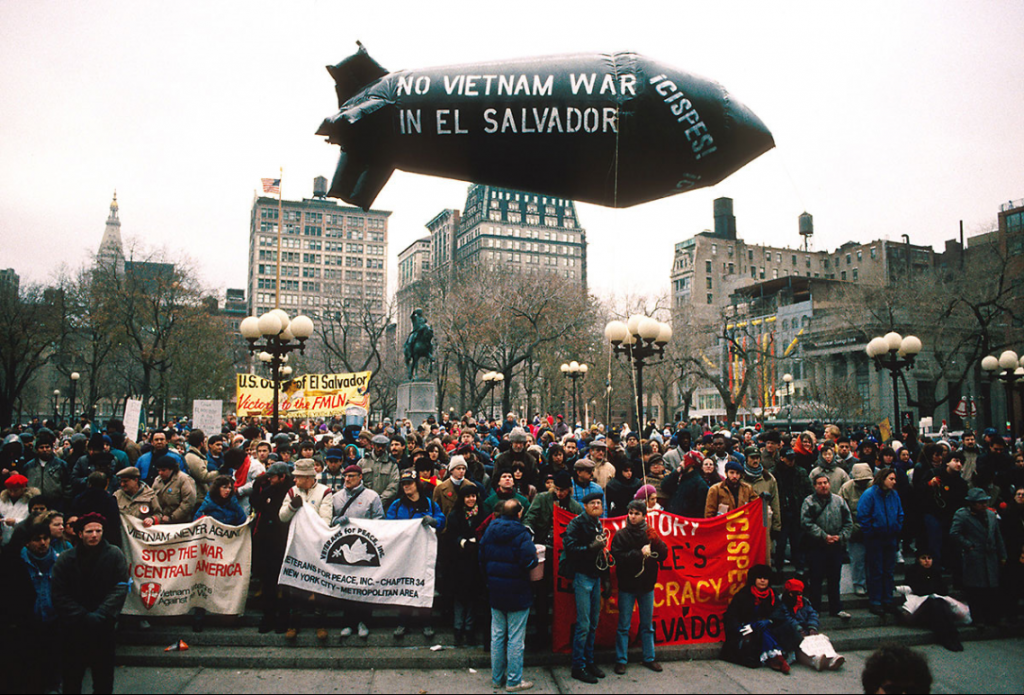Since it began nearly six years ago, the Syrian civil war has prompted difficult foreign policy debates about US interventionism and what our role in the region – and more broadly, in the world – should be. Could the use of direct US military force in Syria help stop the unfolding humanitarian crisis there? Or does military action, (even if we assume the best of intentions), do more harm than good?
While Obama took the latter position during his presidency, Donald Trump has adopted a more hawkish stance, authorizing the launch of 59 cruise Tomahawk missiles at an airbase in Syria last week. The strike, which constitutes the first direct US military action against the President Bashar al-Assad regime, was a response to Assad’s suspected involvement in a chemical weapons attack that killed at least 70 Syrian civilians. In its wake, the world is left wondering how US intervention in Syria and beyond will look under the Trump administration – particularly given that this move directly contradicts Trump’s isolationist campaign rhetoric.
As we look ahead to what Trump may plan for the future, it helps to look back at lessons from the long history of US military intervention. When I first heard about the situation in Syria, it echoed the Salvadoran Civil War my parents and siblings fled in the 1980s. The US was heavily involved in funding that conflict, providing weapons, money and political support to El Salvador’s right-wing government. Today, El Salvador remains the deadliest country in the world after Syria, despite the fact that the war officially ended 25 years ago.
As many try to assuage their fears about Trump’s election by suggesting that the US has survived worse – “we survived Reagan” is a common refrain – we’d do well to remember that hundreds of thousands of people didn’t survive Reagan’s intervention and proxy wars in Central America. If we want more people to survive this new administration, we need to learn from the serious ramifications and unintended consequences that our military interventions have wrought in the past.
With that in mind, here are some of the repercussions of the US’s involvement in Central America that are still relevant in our current political context:
Refugees
The Trump administration has garnered criticism for the hypocrisy of its Syria position – bombing the Assad regime, supposedly in the name of protecting innocent Syrian civilians, while simultaneously refusing to take in refugees. This, however, is not an unprecedented move.
The United States government was instrumental in funding right-wing militaries during the Guatemalan and Salvadoran civil wars that cost hundred of thousand of lives between them. Under the Reagan administration, the innocent people fleeing this warfare weren’t considered refugees, but rather were labeled “economic migrants.” As a result, fewer than three percent of Salvadoran and Guatemalan asylum cases were approved. This moral failing to protect human life led to the rise of a religious-backed, anti-imperial grassroots movement known as the Sanctuary Movement, which sought to defy the US government and shelter Central American refugees.
We’re in desperate need of second coming of the Sanctuary Movement, as there over 60 million refugees worldwide, more than in any point in history according to the UN Refugee Agency.
Drone Warfare
The development of unmanned aerial vehicles, also known as drones, dates back to before World War I, but has become synonymous with the Obama administration’s interventions in the Middle East. It is a little-known fact that Central America was a testing ground for drone technology in the 1980s. According to the Salvadoran digital newspaper El Faro, drone spy planes were part of the United States’ counterinsurgency strategy in the region between 1979 and 1992. The drones likely took off from US bases in Honduras and Panama to surveil the movement of guerrilla rebels in El Salvador. A bit later on during the Iraq War, US military strategists employed tactics tested in El Salvador’s civil war – it was dubbed the “Salvador Option.” The plan involved re-creating Salvadoran-style death squads, which were paramilitary groups designed to commit extrajudicial killings and forced disappearances for the purpose of political repression.
Coups
The 2009 Honduran Coup became a talking point during the 2016 campaign season, after the assassination of indigenous environmental activist Berta Cáceres grabbed international headlines. Before her death, Cáceres condemned Hillary Clinton’s support of the right-wing coup in Honduras, one that led to a surge in violence and the targeting of activists like herself.
The Central American isthmus has had too many coups to list, but one notable example is the 1954 Guatemalan coup that was staged to protect the financial interests of the United Fruit Company. Abrupt regime changes in countries where the US expresses political interests has become a standard practice.
Invasions
Some of the earliest examples of the US flexing its interventionist muscle were the Banana Wars, a series of conflicts from the 1880s to 1930s that spanned the Caribbean, Central America and Mexico. One of those conflicts was the United States invasion of Nicaragua, which led to an occupation from 1912 to 1938. These events would inspire Augusto Nicolás Sandino to stage a rebellion, and solidify him as the international symbol for the Nicaraguan left.
Fast forward to 1989, when failed coup attempts brought 27,000 US troops to invade and bomb Panama in “Operation Just Cause” under George H.W. Bush. The invasion claimed over 2,000 civilian lives according to conservative estimates, and was widely regarded as a move to secure US interests in the Panama Canal. Given the US’s very recent experience with invasion and occupation in Iraq and Afghanistan, seeing this history repeat itself is a fear in the minds of many.
Arms Trade

It seems that US intervention begets more intervention. When a conflict ends in one part of the world, the weapons that were put down have a way of cropping up as hot commodities elsewhere. Israel, the largest recipient of US military aid for several decades, has been unsurprisingly a major supplier of weapons to all the right-wing militaries in every single Central American country, but especially during the dirty wars in El Salvador, Guatemala and Honduras. We also cannot forget the Iran-Contra Affair that rocked the Reagan administration, when it was discovered that the US was selling arms to Iran and funneling the profits to fund the counter-insurgency Contra army in Nicaragua. It comes as no surprise that the US has already funded several rebel groups in Syria, and the potential escalation of this involvement is an increasing pressure point under the current administration.
The legacy of war

The Salvadoran Civil War (1980-1992), the Guatemalan Civil War (1960 – 1996) and the Contra War in Nicaragua (1981 – 1990) were some of the last stages in the Cold War. The United States funded anti-communist right-wing groups in all three of these conflicts; coincidentally these were also the groups that committed the vast majority of the human rights violations during the wars. The recent memory of these violent wars still reverberates in Central America and the respective diasporas’ collective traumas to this day. Even when the Syrian conflict comes to an end, I predict Syrians will be reeling from it for generations to come.




